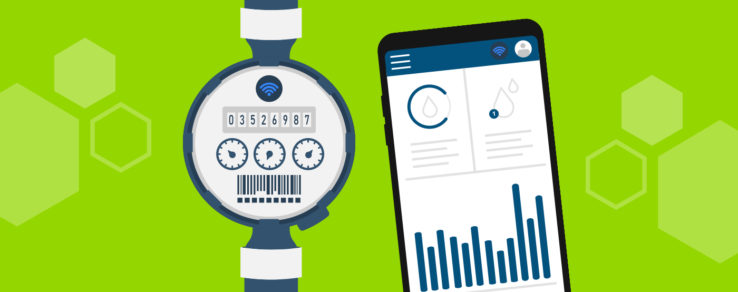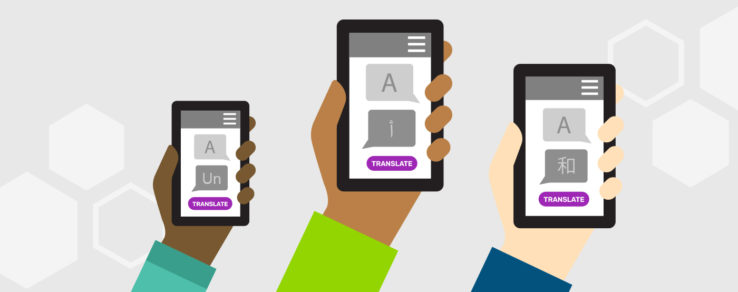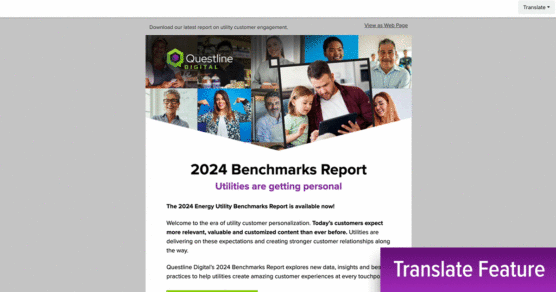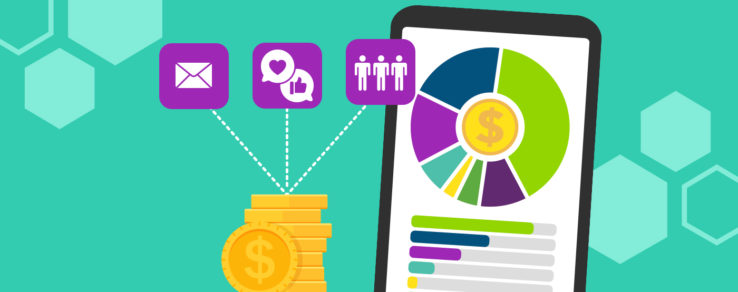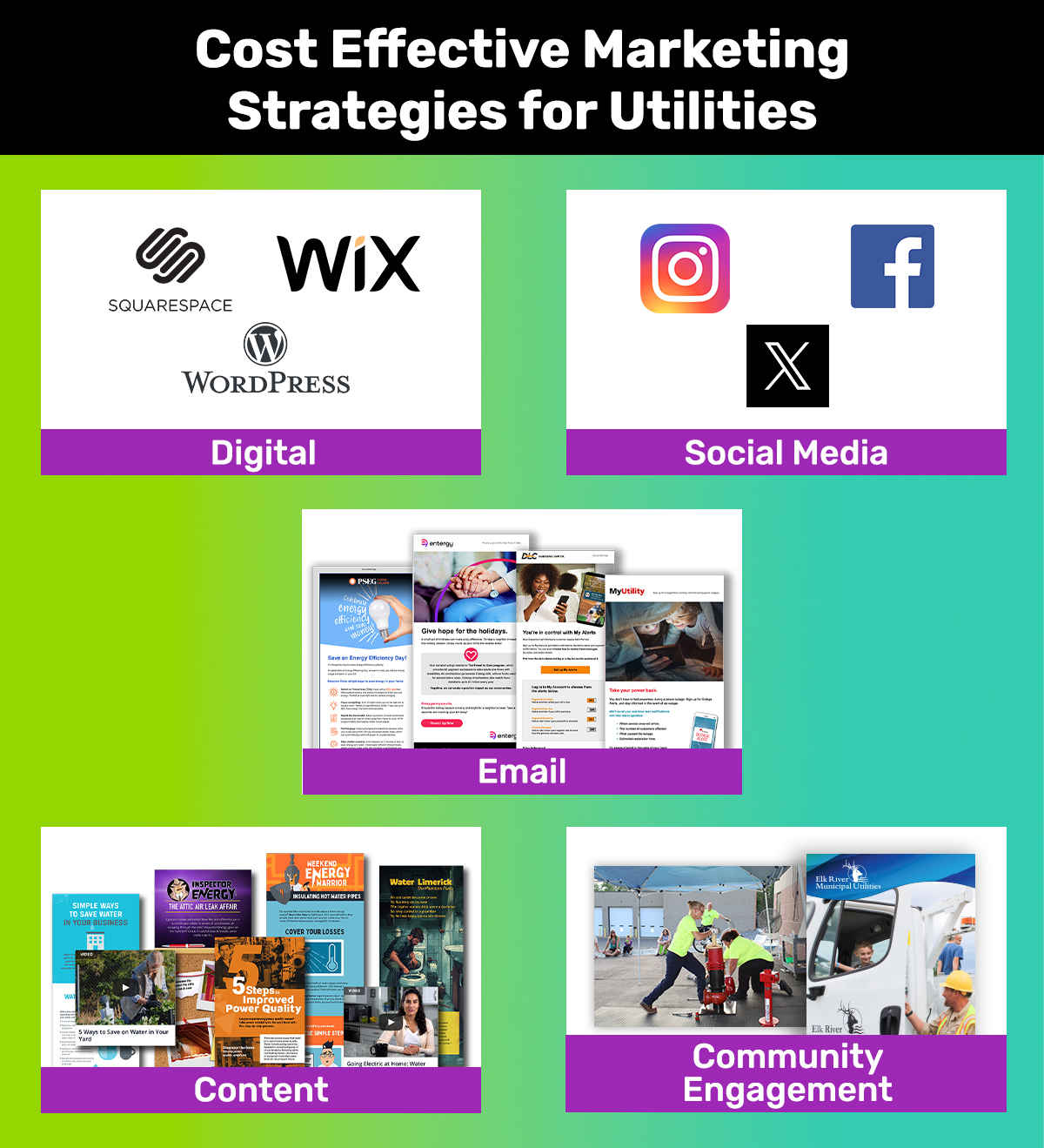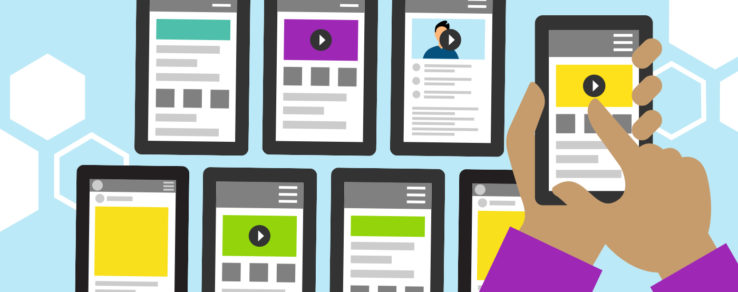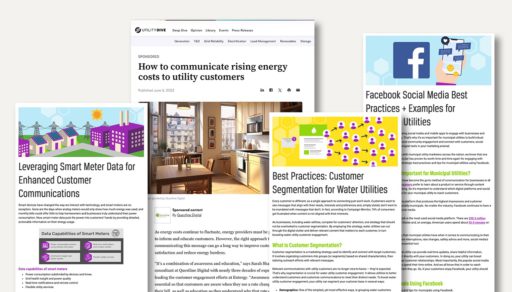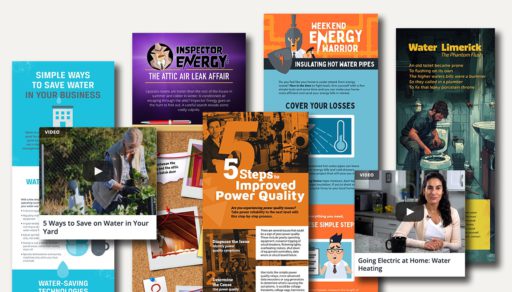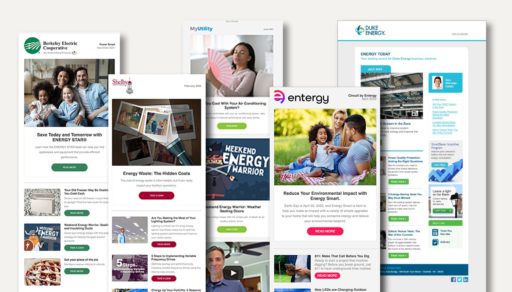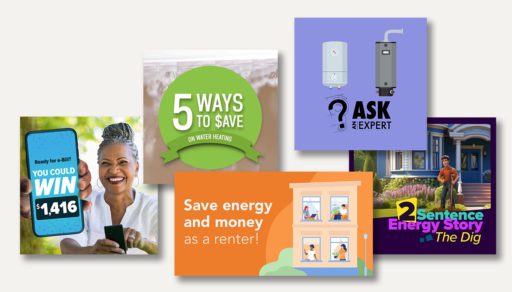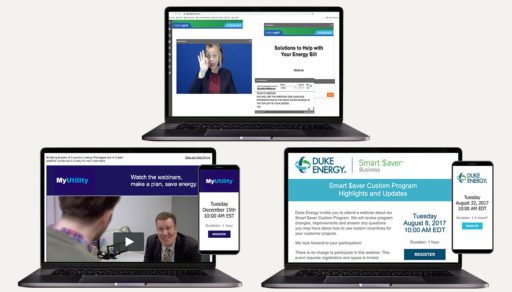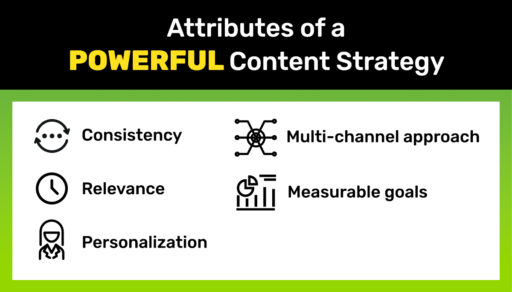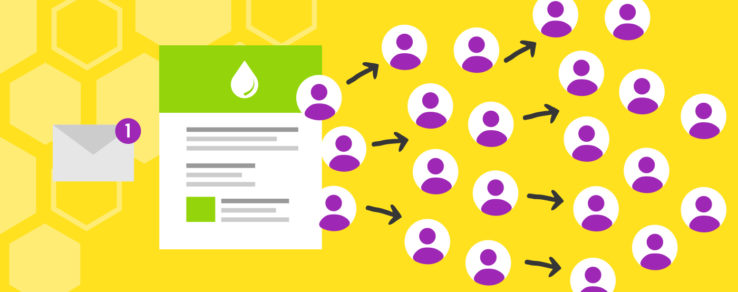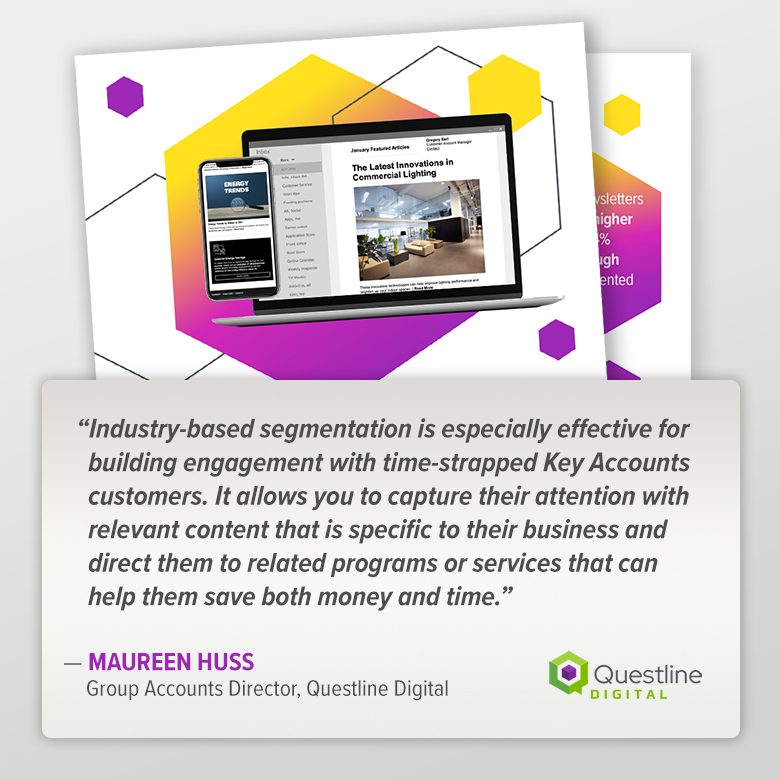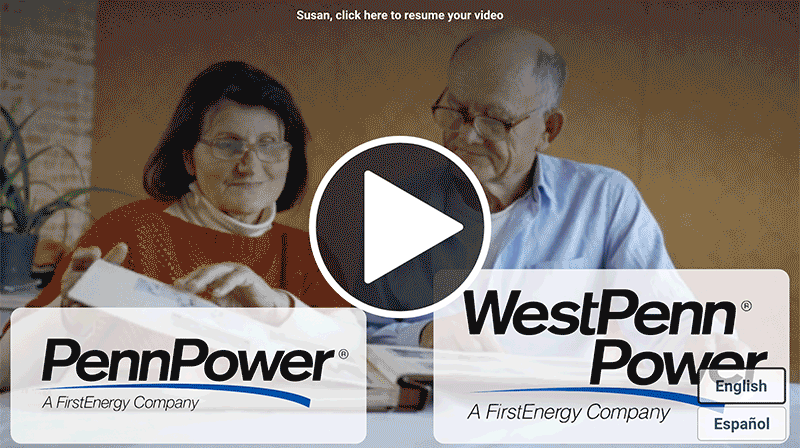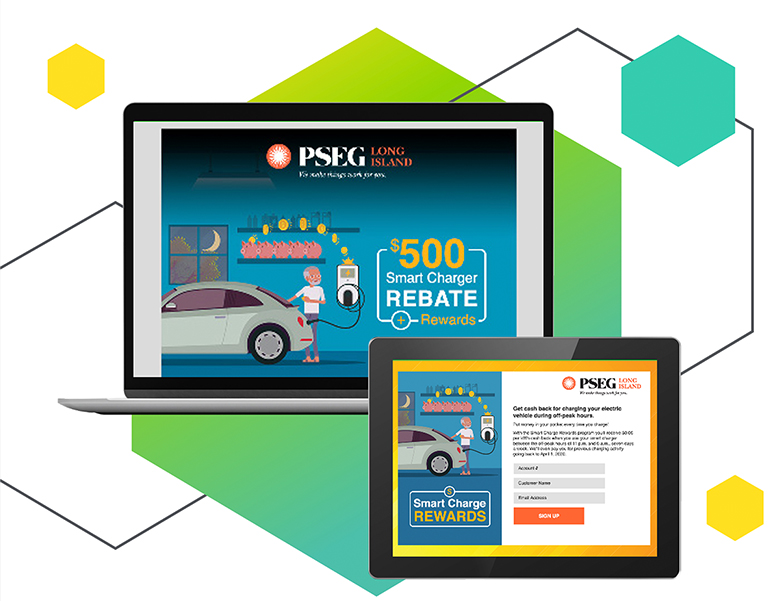Transitioning customers to smart water meters is a major step forward in modernizing utility operations. Smart meters empower customers with real-time usage data, leak detection capabilities and water conservation tools. This technology has many benefits, including more accurate billing, reduced costs and the ability to quickly address leaks before they cause expensive damage. For your utility, smart meters unlock granular usage analytics to inform strategic initiatives while driving substantial operational efficiencies and cost savings.
With so much to gain, it’s no surprise that more and more water utilities are advocating for the switch to smart meters. However, realizing this technology’s full transformative potential requires an effective marketing strategy to drive widespread customer adoption. To successfully promote smart water meters, you must employ proven tactics that resonate with your customer base.
Benefits of Smart Water Meters
By helping your utility’s customers understand the following benefits, you can encourage them to switch to smart water meters.
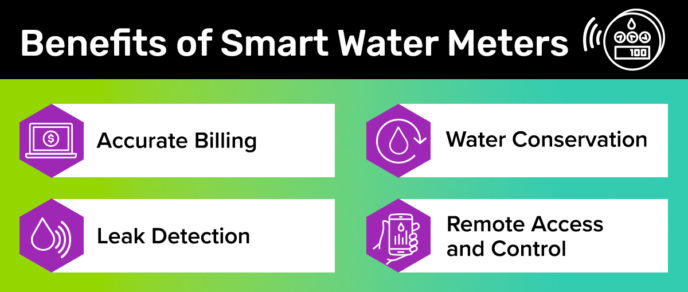
Accurate Billing
Smart meters employ advanced technology to deliver accurate water usage data. Unlike traditional meters, which often rely on estimated readings or periodic manual checks, this modern technology continuously monitors consumption. Real-time data ensures customers are billed for the exact amount of water they use, enhancing trust and satisfaction — no more estimated bills or surprises when the final bill arrives. In the current economic state, accurate billing will be a strong selling point for many customers.
Leak Detection
Smart meters can identify unusual or irregular patterns that may indicate a leak. Early detection allows for prompt repairs, preventing water waste and potential property damage. This proactive approach not only conserves water but also helps customers avoid unexpected repair costs and inflated bills.
Water Conservation
Smart meters provide customers with unprecedented visibility into their water usage habits. By delivering detailed consumption data and analytics, smart meters enable customers to pinpoint areas where they can reduce waste and adopt water-efficient behaviors. For example, residents might discover they use more water than necessary in their primary bathroom, leading them to install low-flow showerheads and faucets.
Remote Access and Control
Smart meters allow customers to monitor their water usage remotely and receive alerts through your utility’s online portals and mobile apps. This enhanced visibility and control supports more informed water management decisions and helps customers address problems before they become costly or disruptive. Additionally, the convenience of remote monitoring aligns with customers’ expectations for digital access and self-service options.
Communicating these primary benefits to customers in an easy-to-understand way will help encourage the adoption of smart water meters.
Driving the Adoption of Smart Water Meters
A comprehensive marketing strategy is essential to successfully introduce this technology to your customers. Communications should educate customers about the technology’s benefits and simplify the adoption process. Some key tactics to consider include:
Digital Marketing
Use targeted online ads, search engine optimization (SEO) and pay-per-click (PPC) campaigns to reach customers seeking details on water conservation and utility services. Highlight the benefits of smart meters and provide clear calls to action, whether it’s signing up for more information or scheduling an installation.
Content Marketing
Create valuable content, such as blog posts, videos, infographics and downloadable guides, that educates customers about smart meters and their advantages. Harris County Municipal Utility District 433, for example, shares a smart water meter video series on its website, covering account creation, leak alerts, reviewing water usage and more.
Focus on making your content engaging and easy to understand, answering common questions and concerns in a straightforward manner. Also, consider collaborating with industry experts or influencers to expand your reach, add credibility to your content and position your utility as a trusted partner in water management.
Social Media Marketing
Engage with customers on social media platforms they regularly use by sharing your informative content, success stories and smart meter program updates. Make interactive posts that encourage feedback and address common concerns. Leverage user-generated content and testimonials to build credibility and trust. With the right strategy, your social media presence can foster a sense of community around water conservation and smart meter adoption.
Email Marketing
Send personalized customer emails that emphasize smart meter benefits, deliver installation information and lay out the next steps. Include links to resources, FAQs and sign-up forms to streamline the process for customers interested in making the switch. For example, San Jose Water has an FAQ landing page that answers questions like “Will my account information be secure?” and “How will I be able to check my water use data?”. Also, regularly update your subscribers with e-newsletters that incorporate engaging content.
Community Engagement
Host informational workshops, webinars or community events to promote smart meters and answer questions. In-person engagement is a powerful way to foster personal connections with customers and create opportunities for one-on-one interactions. These events also allow you to gather valuable feedback and better understand your customers’ needs and pain points. This insight can then refine your smart water meter marketing and adoption strategies.
Incentive Programs
Offer incentives or rewards for early adopters of smart water meters. This could mean discounts on their water bill, additional rebates or an entry into a prize drawing. Incentives can motivate customers to make the switch and help build momentum. Incentive programs also generate excitement and exclusivity around the technology, which can inspire fear of missing out (FOMO) and encourage more people to participate. As early adopters spread the word about their positive experiences, it can create a snowball effect that accelerates smart meter acceptance throughout the community.
The Path Forward: Bridging the Gap
Smart water meters offer a win-win solution for both utilities and customers. By implementing a well-rounded marketing strategy that highlights the benefits of smart meters, you can effectively bridge the gap between customers, leading to increased satisfaction, operational efficiencies and water conservation.
